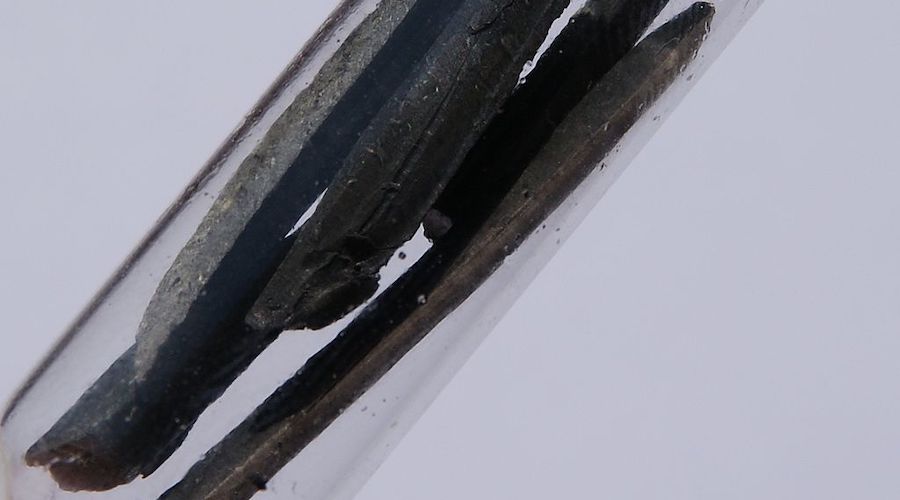
Researchers at the Harvard John A. Paulson School of Engineering and Applied Sciences have developed a new lithium metal battery that can be charged and discharged at least 6,000 times and can be recharged in a matter of minutes.
“Lithium metal anode batteries are considered the holy grail of batteries because they have 10 times the capacity of commercial graphite anodes and could drastically increase the driving distance of electric vehicles,” Xin Li, senior author of the Nature Materials paper that presents the invention, said in a media statement. “Our research is an important step toward more practical solid-state batteries for industrial and commercial applications.”
Li noted that one of the biggest challenges in the design of these batteries is the formation of dendrites on the surface of the anode. These structures grow like roots into the electrolyte and pierce the barrier separating the anode and cathode, causing the battery to short or even catch fire.
These dendrites form when lithium ions move from the cathode to the anode during charging, attaching to the surface of the anode in a process called plating. Plating on the anode creates an uneven, non-homogeneous surface and allows dendrites to take root. When discharged, that plaque-like coating needs to be stripped from the anode and when plating is uneven, the stripping process can be slow and result in potholes that induce even more uneven plating in the next charge.
In 2021, Li and his team offered one way to deal with dendrites by designing a multilayer battery that sandwiched different materials of varying stabilities between the anode and cathode. This multilayer, multi-material design prevented the penetration of lithium dendrites not by stopping them altogether, but rather by controlling and containing them.
In this new research, the group stops dendrites from forming by using micron-sized silicon particles in the anode to constrict the lithiation reaction and facilitate homogeneous plating of a thick layer of lithium metal.
In this design, when lithium ions move from the cathode to the anode during charging, the lithiation reaction is constricted at the shallow surface and the ions attach to the surface of the silicon particle but don’t penetrate further. This is markedly different from the chemistry of liquid lithium-ion batteries in which the lithium ions penetrate through a deep lithiation reaction and ultimately destroy silicon particles in the anode.
However, in a solid-state battery, the ions on the surface of the silicon are constricted and undergo the dynamic process of lithiation to form lithium metal plating around the core of silicon.
“In our design, lithium metal gets wrapped around the silicon particle, like a hard chocolate shell around a hazelnut core in a chocolate truffle,” Li said.
These coated particles create a homogenous surface across which the current density is evenly distributed, preventing the growth of dendrites. And, because plating and stripping can happen quickly on an even surface, the battery can recharge in only about 10 minutes.
The researchers built a postage stamp-sized pouch cell version of the battery, which is 10 to 20 times larger than the coin cell made in most university labs. The battery retained 80% of its capacity after 6,000 cycles, outperforming other pouch cell batteries on the market today.
The technology has been licensed through the Harvard Office of Technology Development to Adden Energy, a Harvard spinoff company cofounded by Li and three Harvard alumni. The company has scaled up the technology to build a smartphone-sized pouch cell battery.
Li and his team also characterized the properties that allow silicon to constrict the diffusion of lithium to facilitate the dynamic process favouring homogeneous plating of thick lithium. They then defined a unique property descriptor to describe such a process and computed it for all known inorganic materials. In doing so, the team revealed dozens of other materials that could potentially yield similar performance.
“Previous research had found that other materials, including silver, could serve as good materials at the anode for solid-state batteries,” Li said. “Our research explains one possible underlying mechanism of the process and provides a pathway to identify new materials for battery design.”